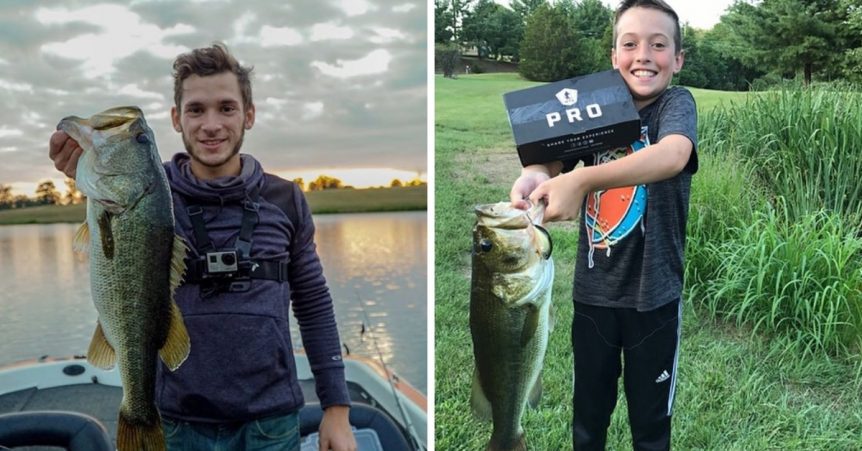3 Early Spring Bass Fishing Tips You Need To Know
Early spring bass fishing can be a relatively easy time of the year to catch fish. They are typically shallow and oftentimes visible with the naked eye. These fish are hungry and ready to pounce after anything that crosses their path. However, if anglers do not remember these three tips, a spring day on the water may be less fruitful than anticipated.
1) Look for the Warmest Water

Warm water is what drives the progression of spring from winter. Fish key in on even the subtlest of changes in water temperature. It is more important during the spring than other time of the year to watch the water temperature gauge on your fish finder(s). Keep an eye on weather patterns and get a general understanding of how warm the water has been over the past week or so. Head to the northwest area of the lake to find warm water early in the year. This part of every fishery typically gets the most sun exposure. Also, look for secluded little bays or coves with dark bottoms.
2) Don’t Be Afraid Of Big Baits
The old saying holds true. Big baits catch big fish. There is no doubt about that. Anglers should not be afraid to throw the biggest baits in their arsenal during this time of the year. Fish are hungry and ready to eat a large meal. Give them what they want. Big minnow-style baits like swimbaits or swim jigs are great choices this time of the year for all predatory fish. Toss them out as far as you can and slow-roll them back to the boat. Typically, steady retrieves are the best way to get bit with large lures.
3) Keep It Moving

If at first, you don’t succeed, try try again. The same concept holds true for spring fishing. During this time of the year, fish are congregated in certain areas. If you are only catching a fish here and there, you are not in the right area. Keep moving. Find warm water and keep chucking your big baits. Eventually, you will run into the right area. Once the right area is located, you probably won’t have to move very far the remainder of the day. Once you find the fish, it is game over. Put down the shallow water anchors and work the area thoroughly. Move in small, boat-length increments and get ready to set the hook.



